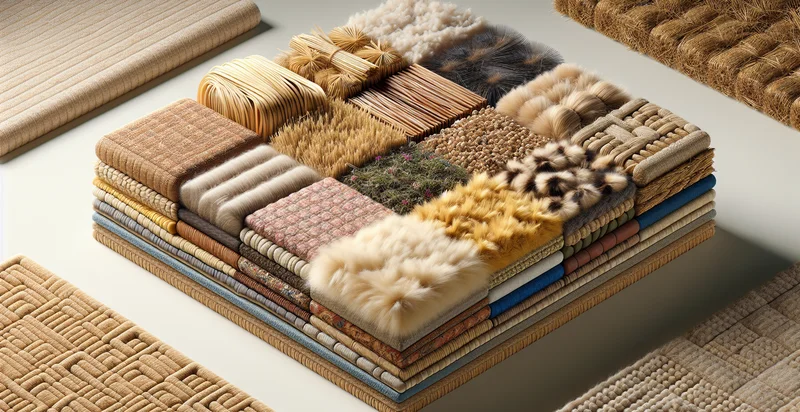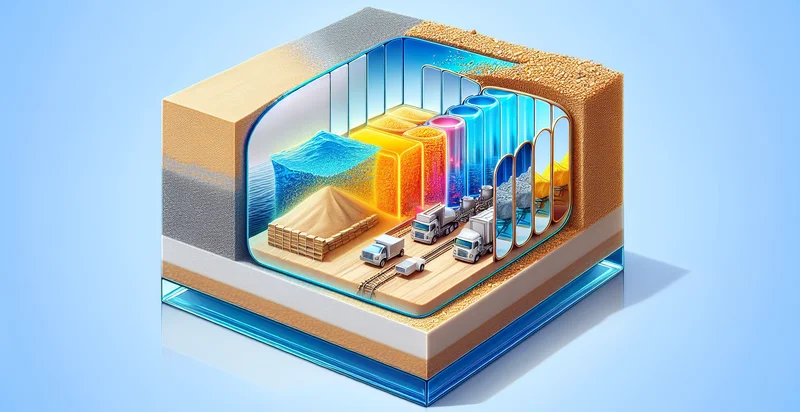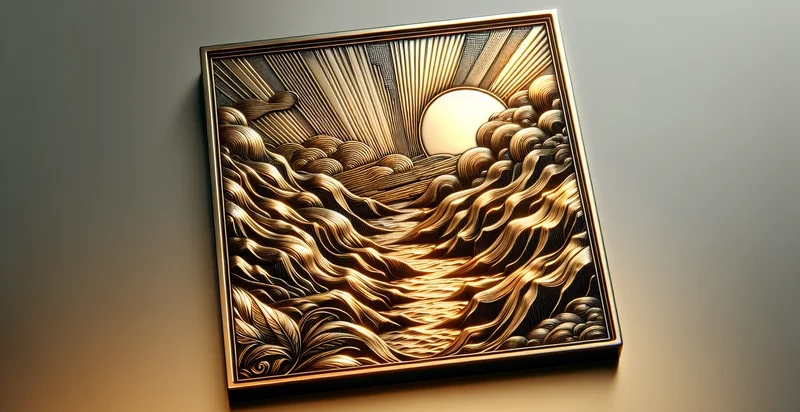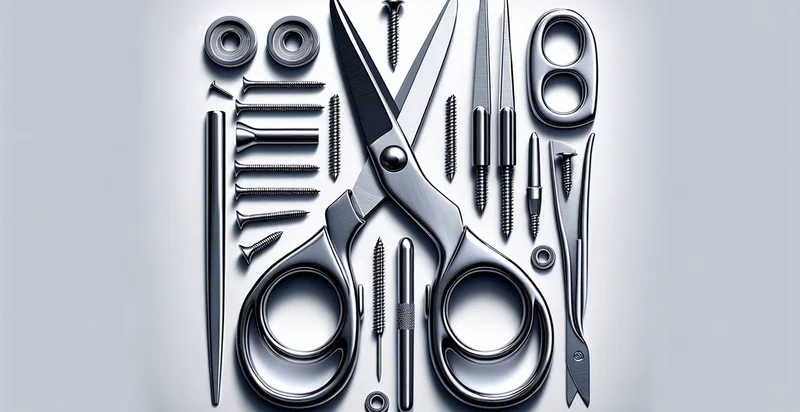Identify what material a mat is made from
using AI
Below is a free classifier to identify what material a mat is made from. Just upload your image, and our AI will predict what material a mat is made from - in just seconds.

Contact us for API access
Or, use Nyckel to build highly-accurate custom classifiers in just minutes. No PhD required.
Get started
import nyckel
credentials = nyckel.Credentials("YOUR_CLIENT_ID", "YOUR_CLIENT_SECRET")
nyckel.invoke("what-material-a-mat-is-made-from", "your_image_url", credentials)
fetch('https://www.nyckel.com/v1/functions/what-material-a-mat-is-made-from/invoke', {
method: 'POST',
headers: {
'Authorization': 'Bearer ' + 'YOUR_BEARER_TOKEN',
'Content-Type': 'application/json',
},
body: JSON.stringify(
{"data": "your_image_url"}
)
})
.then(response => response.json())
.then(data => console.log(data));
curl -X POST \
-H "Content-Type: application/json" \
-H "Authorization: Bearer YOUR_BEARER_TOKEN" \
-d '{"data": "your_image_url"}' \
https://www.nyckel.com/v1/functions/what-material-a-mat-is-made-from/invoke
How this classifier works
To start, upload your image. Our AI tool will then predict what material a mat is made from.
This pretrained image model uses a Nyckel-created dataset and has 20 labels, including Acrylic, Bamboo, Canvas, Cotton, Fiber, Foam, Hemp, Jute, Leather and Microfiber.
We'll also show a confidence score (the higher the number, the more confident the AI model is around what material a mat is made from).
Whether you're just curious or building what material a mat is made from detection into your application, we hope our classifier proves helpful.
Related Classifiers
Need to identify what material a mat is made from at scale?
Get API or Zapier access to this classifier for free. It's perfect for:
- Quality Control in Manufacturing: This function can be employed in manufacturing facilities to automatically classify and verify the material composition of mats on production lines, ensuring that products meet quality standards. By detecting deviations from specified materials, manufacturers can reduce waste and prevent faulty products from reaching consumers.
- E-commerce Material Verification: Online retailers can utilize this function to automatically verify the material claims made by sellers about their mats, enhancing trust and transparency for buyers. This prevents fraudulent listings and provides consumers with accurate information before making a purchase decision.
- Recycling and Waste Management: Waste management companies can implement this classification function to identify the materials of discarded mats, allowing for better sorting and recycling processes. By streamlining the recycling of specific materials, companies can improve sustainability practices and reduce landfill waste.
- Interior Design Consultation: Interior designers can use this feature to recommend mats that align with specific aesthetics or functional requirements based on material characteristics. By quickly identifying the material type, designers can ensure that the selected mats meet durability and design criteria, enhancing client satisfaction.
- Retail Inventory Management: Retail businesses can implement this function to automate inventory checks of their mat products based on material categories. This can streamline restocking processes and assist in making data-driven decisions about which materials to promote or discontinue based on sales patterns.
- Home Inspection Services: Home inspectors can leverage the classification function to assess the materials of mats during property evaluations. Knowing the material composition can help identify potential issues related to allergies, maintenance, or suitability for specific environments.
- Construction and Safety Compliance: In construction environments, safety officers can use this function to verify that mats used for safety and traction purposes are made from appropriate materials. Ensuring compliance with safety regulations helps prevent accidents and enhances worker protection on job sites.


